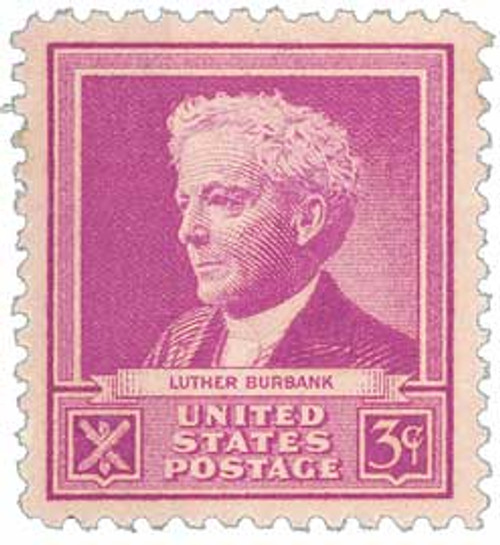
1940 Famous Americans: 10c Jane Addams
# 878 - 1940 Famous Americans: 10c Jane Addams
MSRP:
Was:
Now:
$1.25 - $220.00
(You save
)
Write a Review

Write a Review

878 - 1940 Famous Americans: 10c Jane Addams
| Image | Condition | Price | Qty | |
|---|---|---|---|---|

|
Classic First Day Cover
ⓘ
Ships in 1-3 business days.
Ships in 1-3 business days.
$ 6.00
|
$ 6.00 |
|
0
|
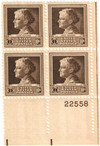
|
Mint Plate Block
ⓘ
Ships in 1-3 business days.
Ships in 1-3 business days.
$ 39.00
|
$ 39.00 |
|
1
|
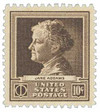
|
Mint Stamp(s)
ⓘ
Ships in 1-3 business days.
Ships in 1-3 business days.
Free with 710 Points
$ 2.75
|
$ 2.75 |
|
2
|
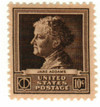
|
Mint Stamp(s)
Fine
ⓘ
Ships in 1-3 business days.
Ships in 1-3 business days.
$ 3.25
|
$ 3.25 |
|
3
|

|
Mint Sheet(s)
ⓘ
Ships in 1-3 business days.
Ships in 1-3 business days.
$ 220.00
|
$ 220.00 |
|
4
|

|
Mint Stamp(s)
Fine, Never Hinged
ⓘ
Ships in 1-3 business days.
Ships in 1-3 business days.
$ 4.00
|
$ 4.00 |
|
5
|

|
Mint Stamp(s)
Very Fine
ⓘ
Ships in 1-3 business days.
Ships in 1-3 business days.
$ 4.00
|
$ 4.00 |
|
6
|
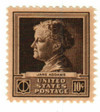
|
Mint Stamp(s)
Very Fine, Never Hinged
ⓘ
Ships in 1-3 business days.
Ships in 1-3 business days.
$ 4.25
|
$ 4.25 |
|
7
|
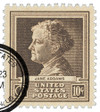
|
Used Single Stamp(s)
ⓘ
Ships in 1-3 business days.
Ships in 1-3 business days.
Free with 580 Points
$ 1.95
|
$ 1.95 |
|
8
|

|
Unused Stamp(s)
small flaws
ⓘ
Ships in 1-3 business days.
Ships in 1-3 business days.
Free with 470 Points
$ 1.95
|
$ 1.95 |
|
9
|

|
Used Stamp(s)
small flaws
ⓘ
Ships in 1-3 business days.
Ships in 1-3 business days.
$ 1.25
|
$ 1.25 |
|
10
|
Mounts - Click Here
| Mount | Price | Qty |
|---|
U.S. #878
1940 10¢ Jane Addams
Famous Americans Series: Scientists
1940 10¢ Jane Addams
Famous Americans Series: Scientists
Issue Date: April 26, 1940
First City: Chicago, Illinois
Quantity Issued: 15,112,580
Printed by: Bureau of Engraving and Printing
Printing Method: Rotary Press
Perforation: 10 ½ x 11
Color: Dark brown
First City: Chicago, Illinois
Quantity Issued: 15,112,580
Printed by: Bureau of Engraving and Printing
Printing Method: Rotary Press
Perforation: 10 ½ x 11
Color: Dark brown

!





